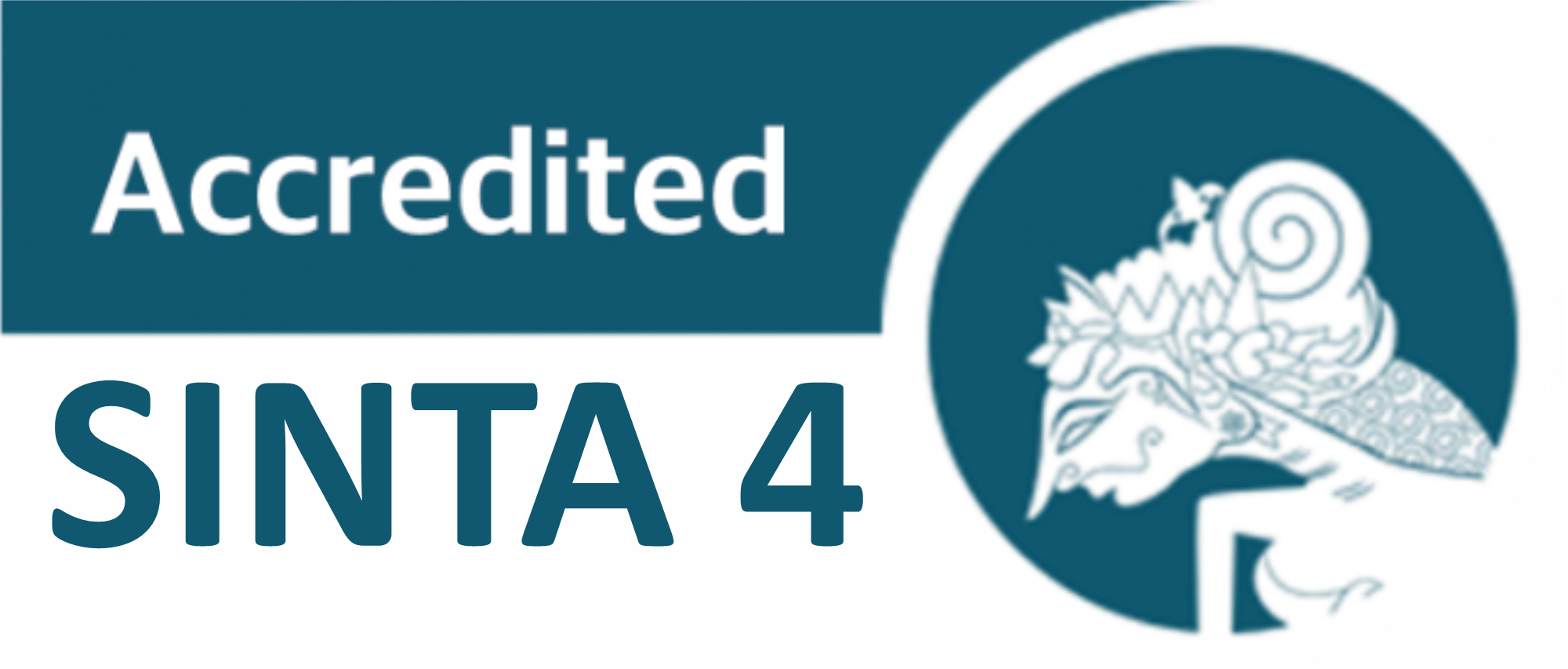Optimization of Flexible Room Divider Usage in SLB-C Karya Bhakti Classrooms: An Approach to Learning Patterns for Children with Intellectual Disabilities
DOI:
https://doi.org/10.24114/gr.v14i1.64293Keywords:
Room Divider, Intellectual Disabilities, Special Education, School, Limited SpaceAbstract
This research endeavors to address the challenges faced by Special Learning Centers (SLBs), particularly SLBs-C, which operate in limited spaces and utilize room dividers to separate classrooms. The utilization of these dividers presents limitations and impedes the learning process for children with intellectual disabilities. This study adopts a design thinking methodology, focusing on the observations and requirements for flexible spaces at SLB-C Karya Bhakti. Data collection involved stakeholder interviews, questionnaires, visual observations, and a literature review. The gathered data was subsequently analyzed through a SWOT analysis and organized using a mind-mapping technique to develop a design concept for an optimal room divider that enhances room flexibility. The identified challenges served as the foundation for an iterative design process, resulting in a product tailored to the specific needs of SLB-C Karya Bhakti. This product underwent validation with stakeholders and experts before its implementation. The outcome of the design is a recommendation for optimizing the use of room dividers with materials and designs that cater to the requirements of children with intellectual disabilities. The implementation of an optimized room divider has demonstrated a positive impact on the concentration of children with intellectual disabilities, enhancing the teaching and learning process.References
Azis, A. C. K., Mesra, & Sugito. (2021). Pengembangan Bahan Ajar Micro Teaching Dalam Bentuk Buku Ber-ISBN Bagi Mahasiswa Seni Rupa Universitas Negeri Medan. Gorga : Jurnal Seni Rupa, 10.
Bhat, C. (2000). Accessibility Measures: Formulation Considerations and Current Applications(TX-01/7-4938-2).
Efendi, M. (2005). Pengantar psikopedagogik anak berkelainan (2nd ed.). Jakarta : Bumi aksara, 2008. https://inlislite.uin-suska.ac.id/opac/detail-opac?id=182mn
Fajriyah, M. O. (2023). Pola Asuh Pembimbing Asrama Dalam Mendukung Bina Diri Disabilitas Tuna Grahita Di Yayasan Slb Bintoro Kabupaten Jember Skripsi Universitas Islam Negeri Kiai Haji Achmad Siddiq Jember Fakultas Dakwah Desember 2023.
Florencia, M., Mutiara, M. W., & Pane, S. F. (2023). Penerapan Konsep “Transisional Kontemporer” Pada Perancangan Interior Perpustakaan Daerah Provinsi Banten. Gorga : Jurnal Seni Rupa, 12.
Fujita, K., Takashima, K., Itoh, Y., & Kitamura, Y. (2023). Human-Workspace Interaction: prior research efforts and future challenges for supporting knowledge workers. Quality and User Experience, 8(1). https://doi.org/10.1007/s41233-023-00060-9
King, J. C. (2002). Designating Propositions. The Philosophical Review, 111.
Pawalin, O. (2017). Peran Dinas Sosial Kota Metro Dalam Pemberdayaan Penyandang Disabilitas.
Qorira, A. A., & Waskito, A. (2020). Eksplorasi Material Pvc Lembaran Dari Sampah Sisa Bahan Baku Di Industri Alas Kaki.
Riwanto, A., & Gumbira, S. W. (2017). Politik Hukum Penguatan Fungsi Negara Untuk Kesejahteraan Rakyat (Studi Tentang Konsep Dan Praktik Negara Kesejahteraan Menurut UUD 1945). Jurnal Hukum Dan Peradilan, 6(3), 337. https://doi.org/10.25216/jhp.6.3.2017.337-360
Rochyadi, E. (2012). Karakteristik dan Pendidikan Anak Tunagrahita.
Rochyadi, E., & Alimin, Z. (2005). Pengembangan Program Pembelajaran Individual Bagi Anak Tuna Grahita. Jakarta: Depdiknas.
Setya Pambudi, T., Chrismaditya, G., Mawarni, P., & Yunidar, D. (2024). Sistem Modular Pada Perancangan Lemari Baju Dengan Konsep Sustainable Design Modular System In Wardrobe Design With Sustainable Design Concept. Jurnal Seni Rupa, 13.
Soewardikoen, D. W. (2019). Metode Penelitian Desain Komunikasi Visual. PT Kanisius.
Wibowo, M. R., & Setiaji, H. (2020). Perancangan Website Bisnis Thrifdoor Menggunakan Metode Pendekatan Design Thinking.
Wijaya, F., & Adib Sultan, M. (2019). Formulasi Perancangan Strategi Pengembangan Usaha Menggunakan Analisis SWOT dan Business Model Canvas. In Jurnal Ilmu Manajemen & Bisnis (Vol. 10, Issue 2).
Yosiani, N. (2014). Relasi Karakteristik AnakTunagrahita Dengan Pola Tata Ruang Belajar Di Sekolah Luar Biasa.
Downloads
Published
How to Cite
Issue
Section
License
Copyright (c) 2025 Alisa Dwi Putri, Didit Widiatmoko Soewardikoen, Hanif Azhar, Mahendra Nurhadiansyah

This work is licensed under a Creative Commons Attribution-ShareAlike 4.0 International License.
Copyright
Authors published in this journal agree to the following terms:
- The copyright of each article is retained by the author (s).
- The author grants the journal the first publication rights with the work simultaneously licensed under the Creative Commons Attribution License, allowing others to share the work with an acknowledgment of authorship and the initial publication in this journal.
- Authors may enter into separate additional contractual agreements for the non-exclusive distribution of published journal versions of the work (for example, posting them to institutional repositories or publishing them in a book), with acknowledgment of their initial publication in this journal.
- Authors are permitted and encouraged to post their work online (For example in the Institutional Repository or on their website) before and during the submission process, as this can lead to productive exchanges, as well as earlier and larger citations of published work.
- Articles and all related material published are distributed under a Creative Commons Attribution-ShareAlike 4.0 International License.
License
Gorga : Jurnal Seni Rupa is licensed under a Creative Commons Attribution-ShareAlike 4.0 International License.










